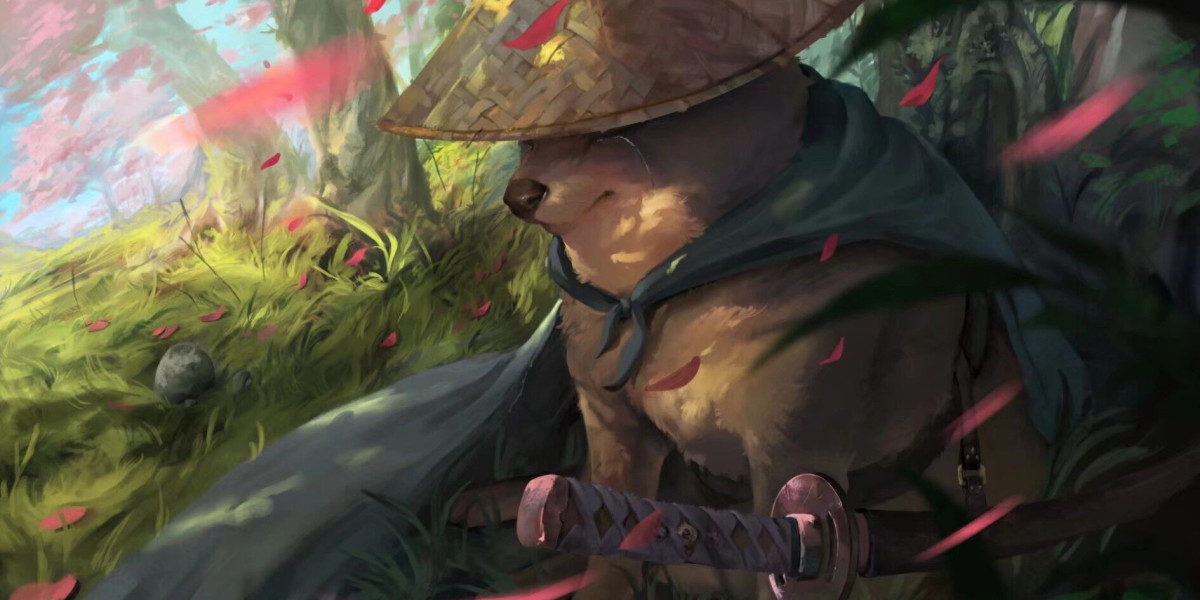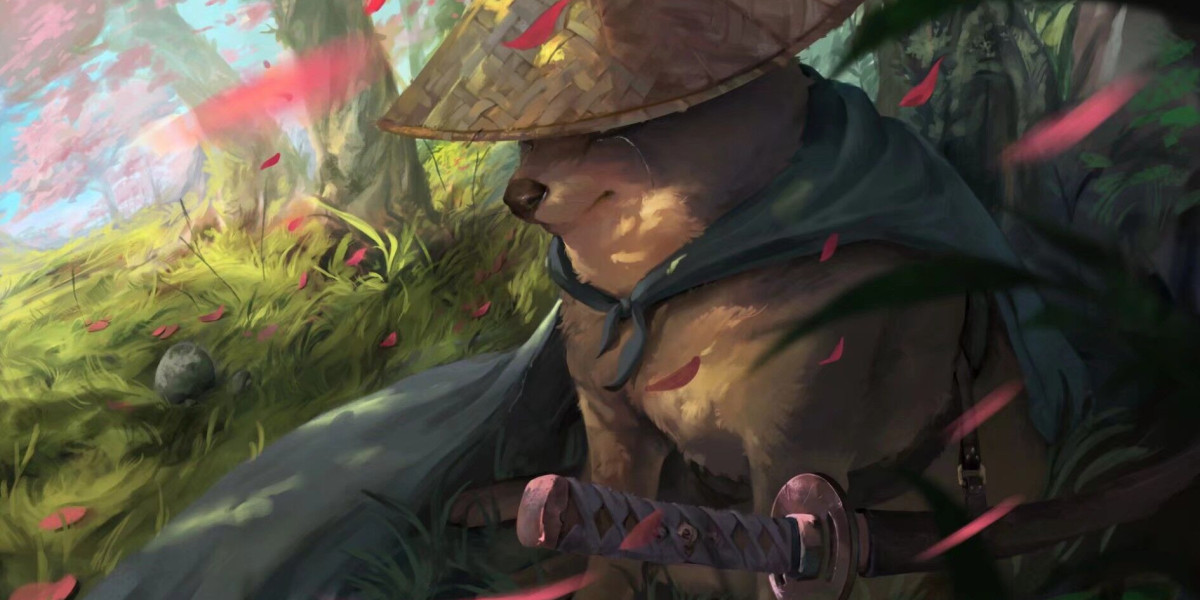When it comes to men's fashion, linen shirts have become a global phenomenon. The versatility and comfort of linen make it a popular choice for men's shirts across different cultures. In this article, we will delve into the cultural influences that have shaped men's linen shirt styles around the world.
The Evolution of Linen Shirts
Linen has a rich history that dates back thousands of years. It was first cultivated in ancient Egypt and was highly valued for its lightweight and breathable properties. Over time, linen spread to other parts of the world, and each culture added its unique touch to the design and style of linen shirts.
One of the earliest cultural influences on linen shirts can be traced back to the Mediterranean region. The Greeks and Romans embraced linen as a staple fabric for their clothing. The loose and flowing tunics made from linen were not only comfortable but also reflected the relaxed lifestyle of the Mediterranean.
Linen Goes Global: Exploring Cultural Influences on Men's Shirt Styles
As linen made its way to Asia, it underwent further transformations. In countries like India and China, linen shirts became an integral part of traditional attire. The intricate embroidery and vibrant colors added a touch of elegance to the otherwise simple linen fabric. These cultural influences can still be seen in modern-day linen shirts, with many designers incorporating traditional motifs and patterns into their designs.
Another significant cultural influence on men's linen shirts comes from the Caribbean and Latin America. The guayabera, a traditional linen shirt, originated in Cuba and quickly spread throughout the region. The guayabera is known for its four front pockets and pleats, which not only add functionality but also give the shirt a distinctive look. Today, the guayabera has become a symbol of Latin American style and is often worn for special occasions.
The Modern Interpretation
In recent years, linen shirts have gained popularity in Western fashion as well. Designers have taken inspiration from various cultural influences and incorporated them into contemporary designs. The result is a fusion of styles that appeals to a global audience.
For example, linen shirts with Mandarin collars, reminiscent of traditional Chinese attire, have become a trendy choice for men looking for a sophisticated and unique look. Similarly, linen shirts with intricate embroidery inspired by Indian craftsmanship have become a popular choice for those seeking a touch of elegance.
Conclusion
Linen shirts have truly gone global, with cultural influences shaping their styles and designs. From the loose tunics of ancient Greece to the embroidered shirts of India, each culture has left its mark on the evolution of linen shirts. Today, men around the world can enjoy the comfort and style of linen shirts that reflect a rich tapestry of cultural influences.








